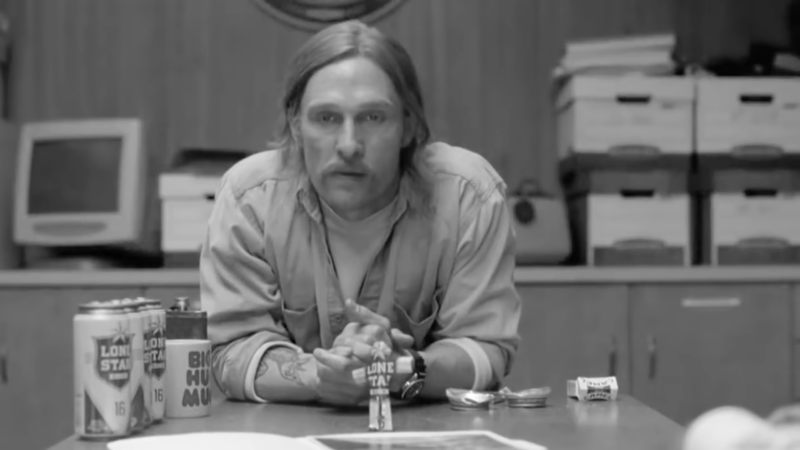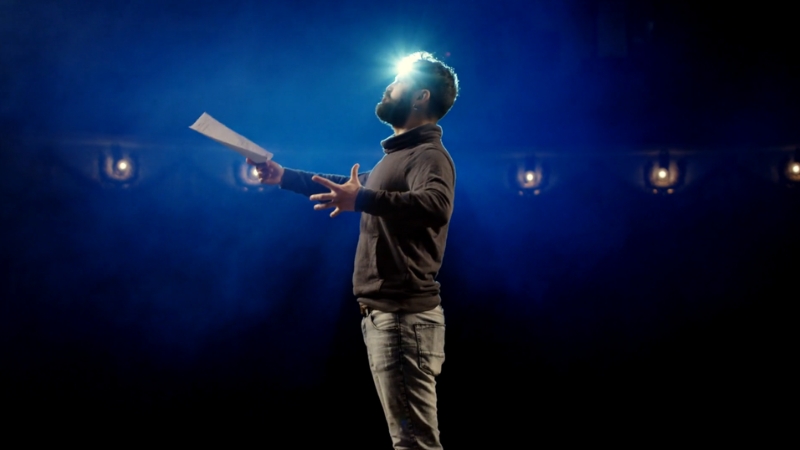Sometimes, the role demands a complete transformation: physically, emotionally, and mentally.
When actors decide to take on a role that stretches every fiber of their being, it’s like gearing up for a long-haul road trip without GPS—brutal, exhilarating, and worth every mile.
Actors can be almost obsessive about getting it right. After all, a half-hearted portrayal doesn’t just cheat the audience—it cheats the story itself.
Let’s pull back the curtain and see how some of the most dedicated performers prepare for roles that challenge their core, sanity, and sometimes their stomachs (raw bison liver, anyone?).
Getting Inside the Character’s Head

The first rule of playing a challenging role? Make it real. Whether it’s a tortured genius or an unhinged villain, there’s always a human reason behind every action.
Think of it like tuning an old engine—every little adjustment has to make sense, or the whole thing stalls out.
Script Analysis: No Stone Unturned
Before putting on a costume or trying out a new voice, actors crack open the script like it’s an ancient tome.
They aren’t just looking at what the character says—they’re hunting for clues about why they say it. Every line holds a hint, a motivation, or a contradiction that needs unraveling.
Charlize Theron, for example, didn’t just memorize lines to play serial killer Aileen Wuornos in Monster. She pulled apart every word to uncover Wuornos’ warped logic and tragic desperation.
The transformation wasn’t just cosmetic (although gaining 30 pounds and shaving her eyebrows helped according to IMBD).
Theron had to think and feel like Wuornos. That’s how you go from a supermodel to an Oscar-winning performance.
Finding Humanity in Darkness
You can’t play “evil.” You have to play “human.” Even the most villainous characters don’t wake up plotting their own downfall.
They have dreams, reasons, and justifications—even if those justifications are twisted as a pretzel.
Take Jared Leto as the Joker in Suicide Squad. Leto’s notorious commitment to the role (complete with sending dead rats to co-stars) wasn’t about shock value.
It was his way of thinking like the Joker—someone who doesn’t just love chaos but sees it as art as noted by Screen Rant.
He stayed in character for months, never breaking Joker’s manic energy. Was it a little unhinged? Sure. But that’s kind of the point when you’re playing Gotham’s most psychotic clown.
Transforming the Body: When the Role Eats You Alive
View this post on Instagram
Sometimes acting means putting your body through the wringer. It’s like deciding your car’s gonna run on diesel for a month just to see what happens.
Transformations aren’t just about looking different—they’re about physically feeling like someone else.
The Weight of a Role
Weight gain or loss is one of the most common changes actors make. But it’s not just about the look—it’s about carrying the role in your bones. Jamie Foxx shed 30 pounds for Ray, using a week-long fast and relentless workout according to Herald Week.
The weight loss wasn’t the hardest part, though. To really live as Ray Charles, he wore eyelid prosthetics that glued his eyes shut for 14 hours a day.
Imagine trying to act—and move—like a musical genius while feeling trapped in your own body. He even had panic attacks at first, but pushing through gave his portrayal an authenticity that the audience could feel.
Building (or Breaking Down) the Body
Leonardo DiCaprio didn’t just lose weight for The Revenant—he subjected himself to nature’s most brutal trials.
Shooting in freezing rivers, eating raw bison liver (as a vegetarian, mind you), and sleeping in a dead horse’s carcass (fake, thankfully) weren’t scripted for comfort as noted by Time Magazine.
They were there to push DiCaprio to his absolute limits.
He didn’t just play Hugh Glass—he became him, body and soul.
Method Acting: Losing Yourself to Find Your Character
Some actors never break character during the entire production. It’s more than a technique—it’s an obsession. The idea is to keep the mindset constant, no matter how exhausting or bizarre it might feel.
Full Immersion (and a Little Madness)
Hilary Swank didn’t just play Brandon Teena in Boys Don’t Cry. She became him for weeks before shooting even started.
Binding her chest, deepening her voice, and living as a man in public forced her to shed every ounce of femininity.
Swank’s method wasn’t just a choice—it was a necessity to feel the brutal reality of Brandon’s world.
Jared Leto’s approach to the Joker was a full-throttle immersion into chaos. He wasn’t just acting crazy—he was living it. The live rats and “gifts” he sent to his co-stars were unsettling, but they weren’t just about shock value.
Leto wanted to blur the line between himself and his character. Extreme? Definitely. But when it comes to embodying a role, sometimes sanity is a casualty.
Keeping the Mind Intact: De-Rolling After the Madness
@clanofthecurios actors who were never the same after a role! #curiosities #facts #history #tiktokeducation ♬ Blade Runner 2049 – Synthwave Goose
Actors can’t stay in character forever. Once the camera stops rolling, they need to come back to reality (and preferably without dragging the Joker’s madness home with them).
The De-Role Ritual
When you’ve just spent months living as a murderous sociopath or a tortured soul, switching back to “normal” is a challenge.
Many actors create rituals to shed their roles: hot showers, walks in nature, or just reuniting with friends and family to remember who they actually are.
Ben Platt, who played the anxiety-ridden teenager Evan Hansen on stage, found himself mimicking his character’s anxious habits even off-stage.
To unwind, he’d retreat to silence and solitude, avoiding social interactions. It was a weird combination of decompression and recovery—like resetting your mental GPS after driving through miles of emotional wilderness.
Why Do They Do It?
Why put yourself through all that torment? The answer’s simple: dedication to the craft.
Audiences can tell when an actor is phoning it in versus when they’ve sold their soul to a role. It’s like the difference between a fuel-efficient hybrid and a gas-guzzling V8—both will get you somewhere, but one leaves an impression.
Roles that leave scars—mentally and physically—tend to be the ones that earn respect and accolades.
Actors like DiCaprio, Theron, and Swank don’t just win Oscars because they’re good at pretending.
They win because they go beyond comfort and convenience, digging into the ugly, painful, and raw parts of human nature.
Final Thoughts

Acting is a brutal, beautiful commitment to storytelling. Some roles push actors past their limits, testing how far they can go for a character. It’s messy. It’s exhausting. It’s kind of genius.
When an actor pours every bit of their soul—and maybe a few sanity points—into a role, it shows. You don’t just watch a performance—you feel it.
So next time you see an actor transformed beyond recognition, give a little nod of respect. Behind every legendary performance is a story of grit, obsession, and a willingness to look madness in the eye without blinking.
It’s not about playing crazy or heroic or evil—it’s about being undeniably human, even if it means losing yourself along the way.


